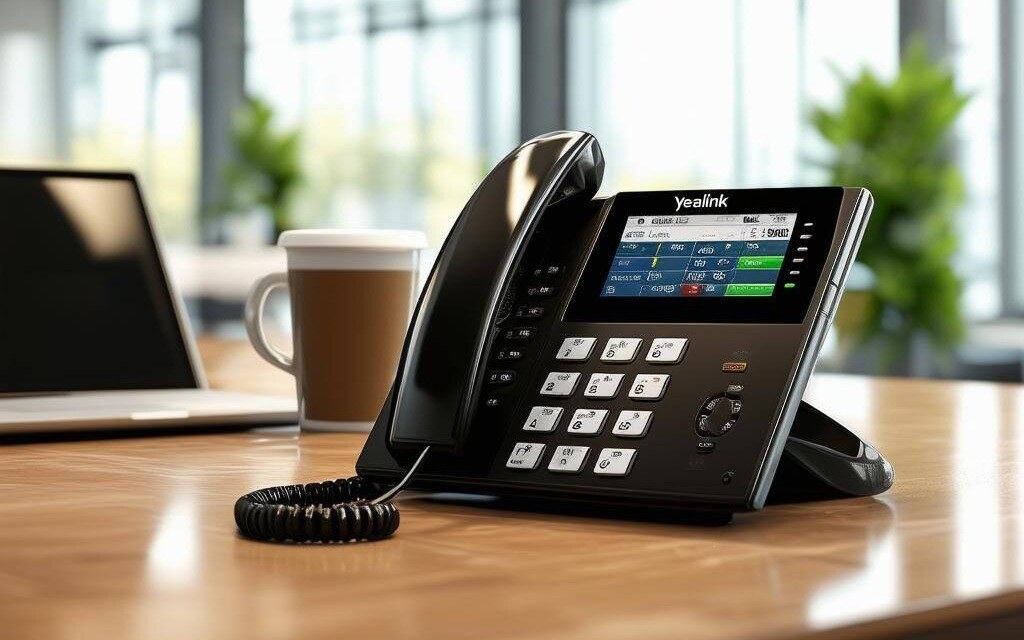Beyond HR: Your IT Decisions Can Dampen or Fuel Your Return-to-work Success
July 13th, 2021
3 min read

Communication and Collaboration Tools Should Be Seamless Whether Employees Work in the Office or Remotely
Just as in the office, communications technology and collaboration tools can make or break your remote or hybrid work model.
As the US hopefully exits the COVID-19 pandemic, most employers are evaluating their return-to-work and remote-work policies. Employers are using employee surveys to gather employees’ feedback on their return-to-work preferences. As of April 2021, McKinsey reported that 40% of employees claim their organizations hadn’t announced their future workplace policies. Outside of HR, however, there are many technology considerations, particularly around communication and collaboration tools. And that may be a contributing factor to the lag in announcing return-to-work plans.
The Rise of Video Conferencing
Once upon a time, video was somewhat frowned upon largely because of the bandwidth eaten up by video and employees’ hesitancy to be on camera. Yet, necessity won out. 62 million video conferencing apps were downloaded in March 2020 alone.
Today, not entirely because of the pandemic, video is an integral part of collaboration. Even 66% of job candidates prefer an interview process that includes video. Video also offers businesses convenience and great savings for employee training formerly conducted in-person—even eliminating travel costs. And now with employees preferring hybrid work models, video is here to stay as a primary collaboration tool.
Employees Scrutinize Technology Decisions for Ease of Use
Now organizations are making strategic decisions, not just decisions based on necessity. Usability and user preference are increasingly scrutinized by both employers and employees. After more than a year of relying on video and other collaboration tools to conduct business and collaborate, we are all familiar with the technology glitches and potential improvements to the user experience.
As this Forbes article points out, “…communication platforms are not just tools to be used as a means to an end but must be considered as having the ability to act on users in various ways. The choice of the technology is therefore of paramount importance—user-friendliness is a key element of whether individuals accept a technological platform for their work activities or not.”
Reducing Assigned Seating and Real Estate Footprints
Businesses are looking to create more areas for collaboration and less assigned seating to reflect employees’ use of the space with hybrid work models. But developing processes for reserving seating has important technology considerations.
If an employee finds a seat for the day or hours spent in the office on a given day but finds logging in to phone systems and computers cumbersome, there is unnecessary lost productivity.
Many businesses are discovering that hoteling or hot-desking is the solution. Hot-desking gives team members the ability to log in to a physical desk for a period of time—daily or even hourly. Once they’ve logged in to their desk or workstation, their direct dial phone calls will ring there. Employee names will correctly appear on caller ids, and employees can work seamlessly whether they’re in the office or working remotely.
And communication technology can even eliminate the need for phones at all. Click-to-dial functionality works on any device, including laptops and mobile devices. It works from Outlook contacts. And it also seamlessly connects with any web-based contact relationship manager (CRM), logs calls, and looks up CRM records, giving better insights into call data and accountability. Click-to-dial can set up on an individual basis and by application preference, providing employees (and/or the organization) with options in how they use it.
A Hybrid Work Model Case Study
For employers that are wondering if a hybrid work model can be effective outside of the pandemic, we recommend reading this Harvard Business Review article highlighting a law firm’s foray into a hybrid work model. What makes their story interesting is they began piloting the model in 2019 before the pandemic began. Their foresight proved invaluable as both staff and attorneys were forced to head home because of the pandemic. Because they had the right technology in place, the move to 100% remote work was, according to the firm, 100% seamless with “literally zero interruption any of our systems or to any of our people.” Now the firm’s hybrid model has an even higher adoption than it did before the pandemic, and the firm reaps the long-term rewards of lower real estate costs and higher employee engagement.
As more employers like Walmart, Google, and Apple, along with countless small and medium-sized businesses, announce a hybrid work approach, implementing technology that will ensure that hybrid approaches have the highest likelihood of success will make a significant impact on productivity levels and employee satisfaction. User experience and integration are critical to communication and collaboration tools and will help employee adoption. While employers will likely reevaluate remote and hybrid work policies periodically over time, technology will only improve to facilitate collaboration and remote work.
Technology decisions don’t need to be difficult or overly complex. Engaging with a technology partner like TeleCloud can help streamline technology decisions and make implementation easy.
vin@telecloud.net OR call/text 908-378-1218
Topics:








.png?width=4992&height=2609&name=TeleCloudSGMar22%20(1).png)
